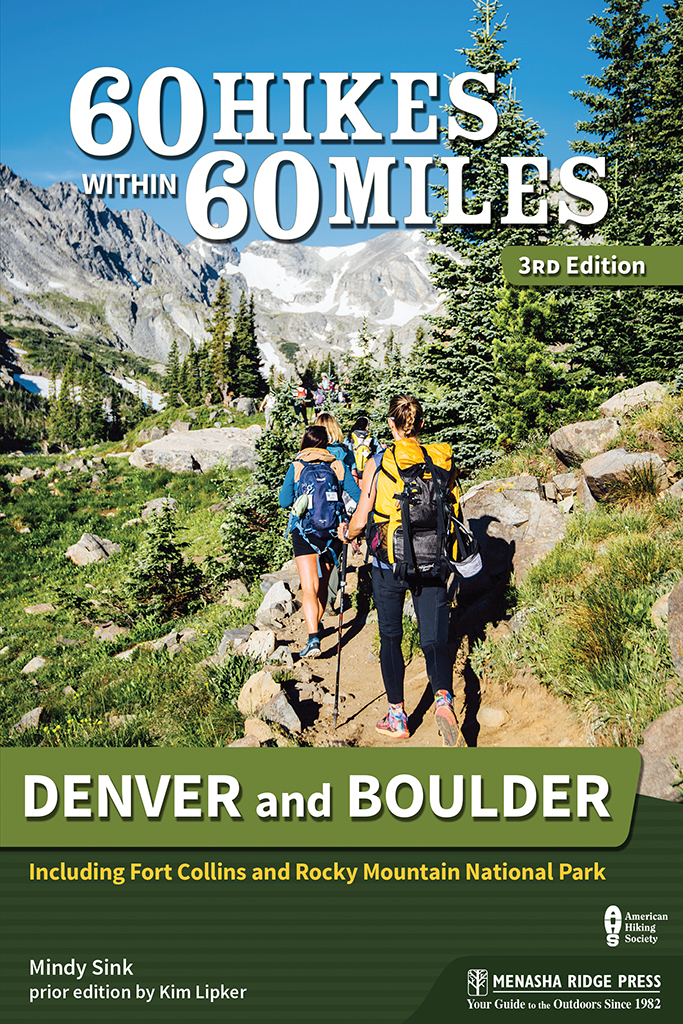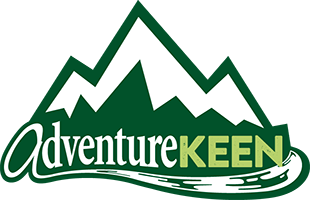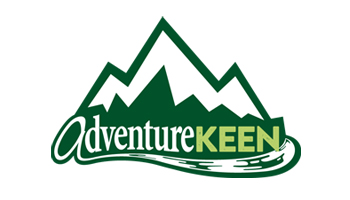
The AdventureKEEN Blog

Body Appreciation Through Hiking

Wildflowers & Enjoying Nature
National Wildflower Week ends this Sunday, May 10, 2020. The photos and posts being shared online with the hashtag #NationalWildflowerWeek have been a welcome window into the wild while sheltering at home (and we do hope you’re safe at home these days!). There are many types of wildflowers and many purposes that native wildflowers serve. The shelter they provide to insects (think links in the food chain) and the diversity they bring to an area’s ecosystem are both […]

Preparation Is Vital, But Leave Room for Adventure Too

10 Stay-at-Home Ideas for Mother’s Day Gifts
Given the current situation and guidelines for sheltering in place, some families might need to get creative with Mother’s Day gifts this year. If you can’t take the matriarch in your household out for dinner and haven’t found any perfect mom gifts, we’ve got you covered. Following are 10 ways to celebrate while social distancing. 1. Serve breakfast in bed. It doesn’t have to be fancy. Even toast and orange juice will send the message, […]
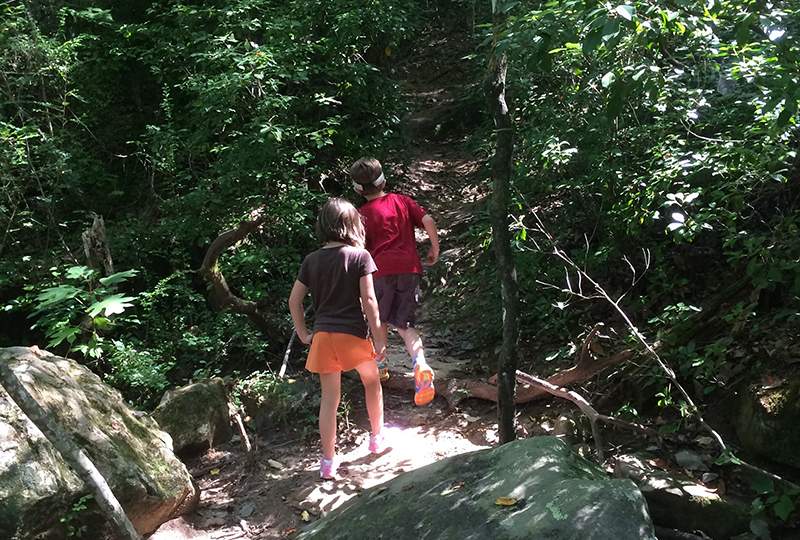
Nature Journaling Keeps Kids Excited and Outdoors
There is something that teachers have known for a long time – journaling is a great way to get kids engaged in learning. It forces them to think critically about what they’re seeing, dealing with, and feeling. That skill sounds pretty handy right about now, doesn’t it? We hope you’re doing well and are able to stay safe at home. And if you’re at home with kids, we hope you’re able to get them outdoors […]
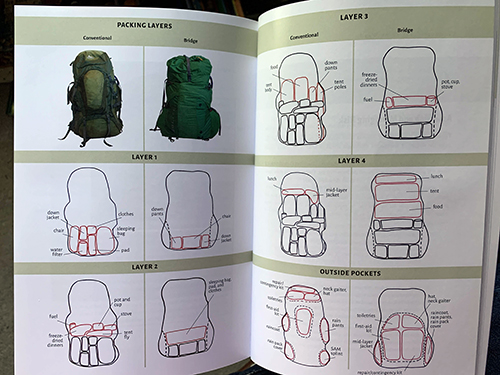
Practicing Light Backpacking in the Backyard
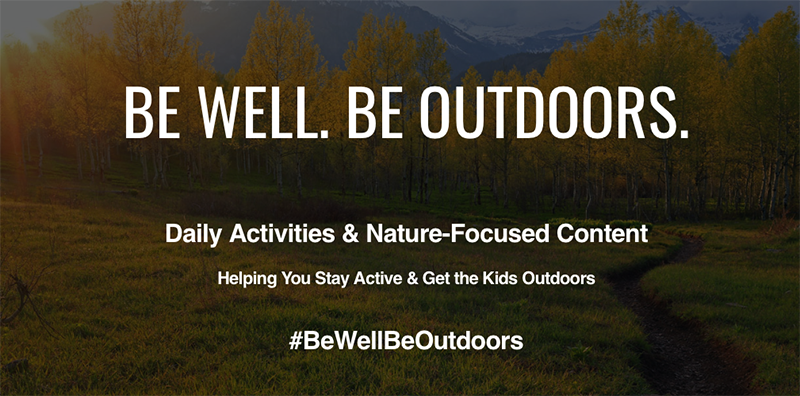
Here’s Hoping You Will Be Well and Be Outdoors
While our neighborhoods and the outdoors are strong, no one is immune to what’s currently going on around us. Things can be very tough, and there’s plenty to worry about—beyond the chance of getting sick: work, paying bills, and buying groceries. We hope you’re able to stay safe as you navigate your corner of the world today, and we here at AdventureKEEN would like to help as best we can. That is why we have […]
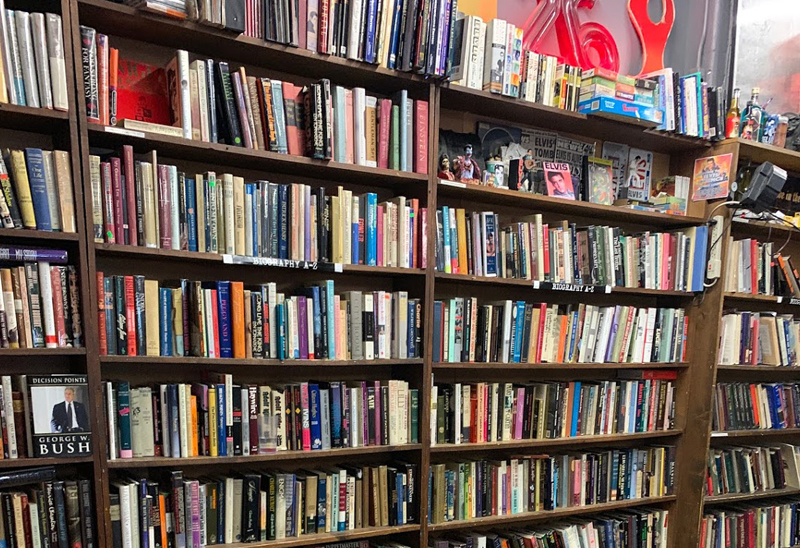
Independent Bookstore Day Moves to August
Today, the last Saturday in April, we were all supposed to be celebrating Independent Bookstore Day 2020. But due to all the stay-safe-at-home rules around the country (you are staying safe, right?), the official event has been moved to August 29, 2020. August feels a long way away, doesn’t it? We’re feeling like it is. So after you mark your calendar for August 29th, come back and read some of the tips below on how […]
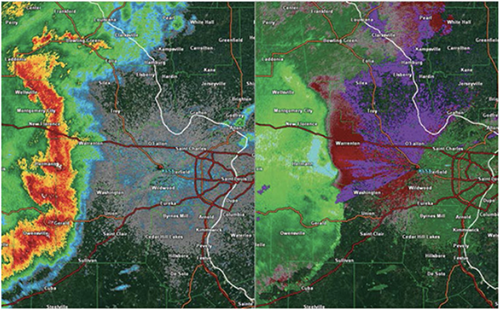
Spring Weather Watching and Staying Safe
Spring weather is no joke. The temps are high. The temps are low. The sun is bright and the wind is blowing or the rain lasts a full day and the wind is howling. With most folks staying safe at home (and we here at AdventureKEEN hope you’re well and practicing smart social distancing), many are getting outside to hike, bike, or take a walk with the family. And the spring weather is certainly a […]
